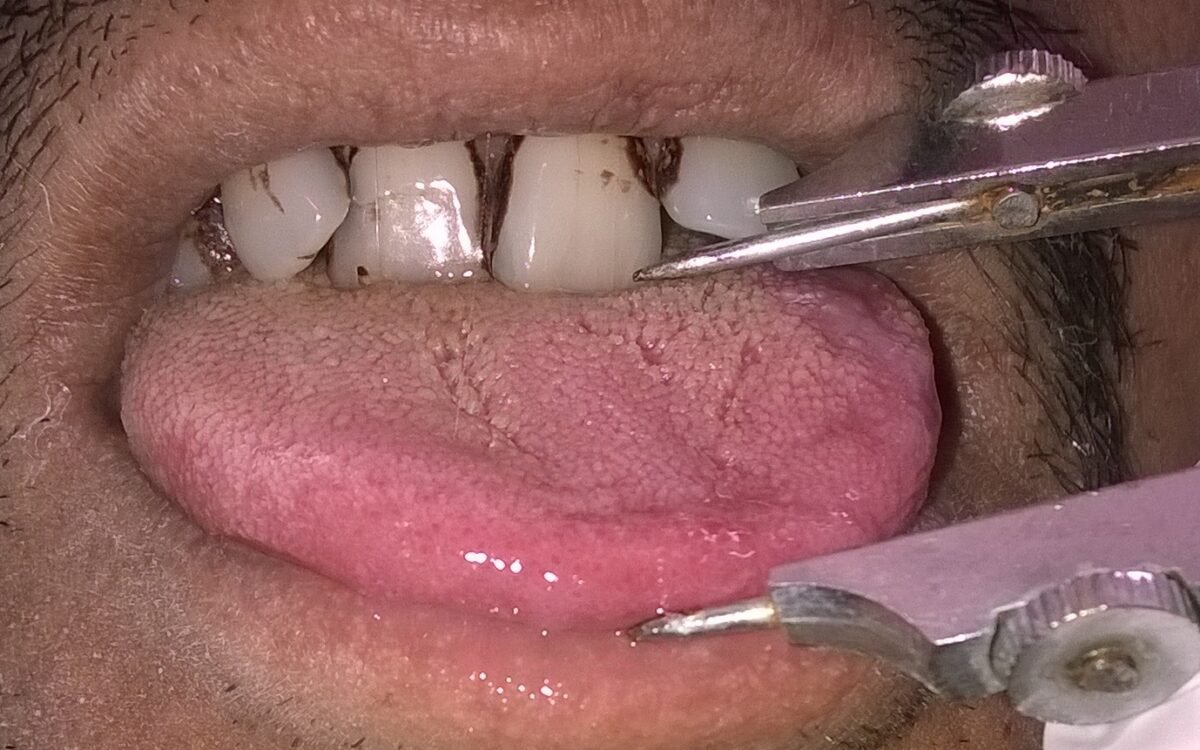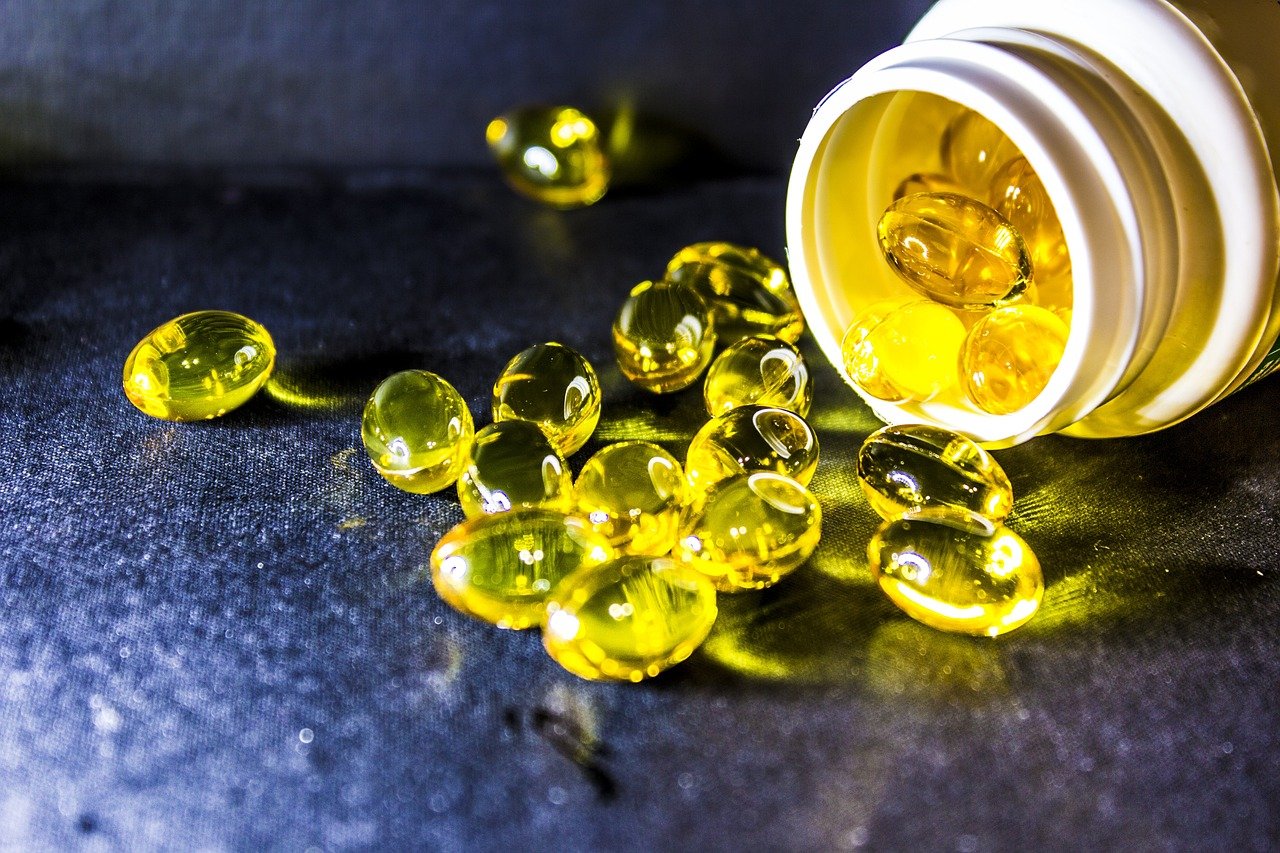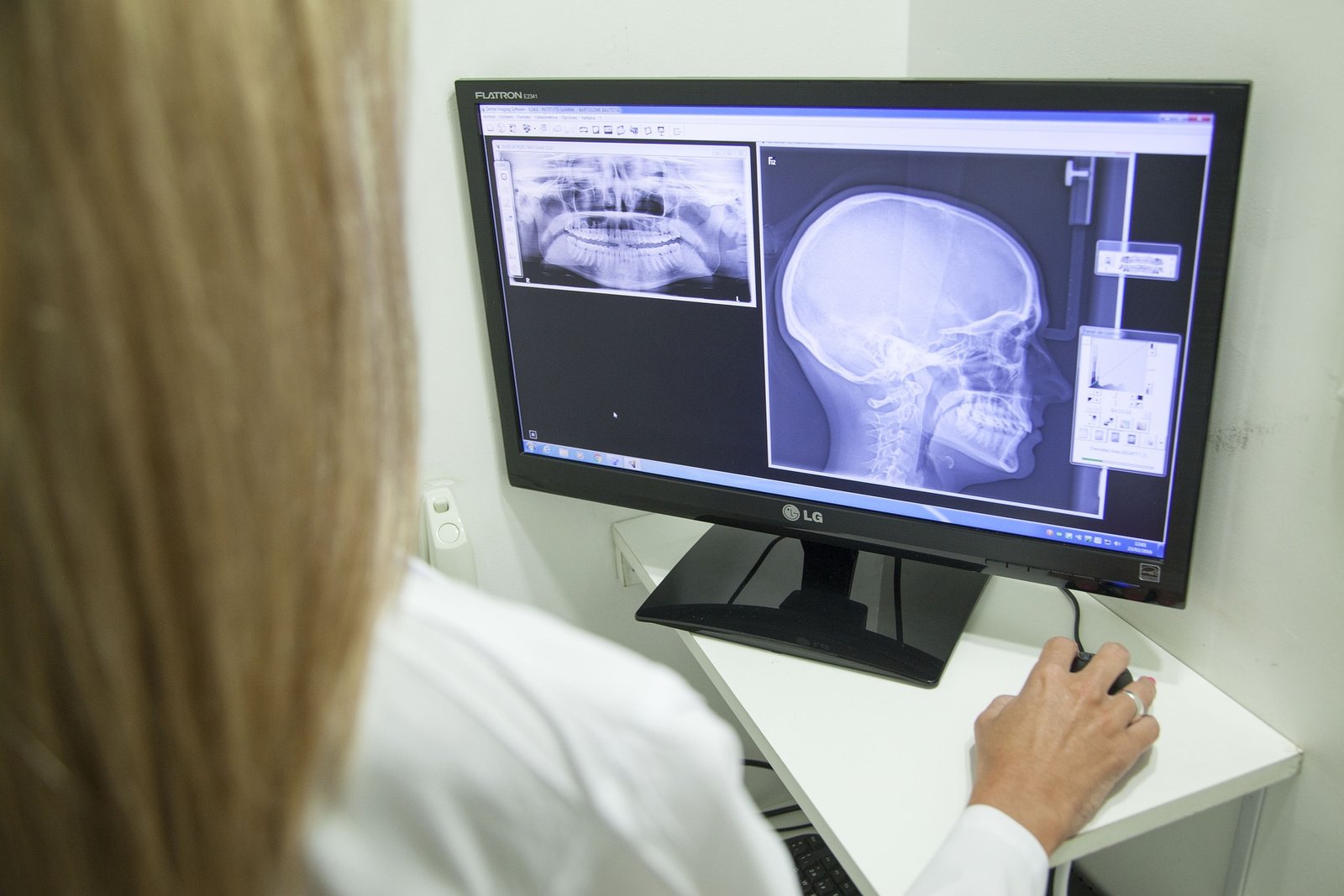A normal opening of the mouth is necessary to perform the daily activities of eating and chewing of food, speaking, laughing, yawning etc. any change or reduction in the opening of the mouth hinders our daily life activities. There are many reasons or diseases to be precise behind reduced mouth opening like, for example, abscess in a tooth, cyst, tumor in the jaw bone, certain viral, fungal and bacterial infections of mouth or chronic use of tobacco, pan or cigarette or bidi smoking etc. Oral Submucous Fibrosis is one such disease which leads to reduced mouth opening because of the stiffness caused in the inner cheek area due to chronic use of tobacco and other such products. If left untreated at early stages, it may lead to oral cancer and may be fatal to the patient. So, appropriate treatment modality to cure such cases is absolutely required. Here, we will discuss about different treatment protocols for a patient suffering from Oral Submucous Fibrosis.
By definition, Oral Submucous Fibrosis (OSMF) is defined as “an insidious chronic disease affecting any part of the oral cavity and sometimes pharynx, although occasionally preceded by and/or associated with vesicle formation, is always associated with juxta-epithelial inflammatory reaction followed by fibro-elastic changes of the lamina propria with epithelial atrophy leading to stiffness of oral mucosa, trismus and inability to eat.” It is an irreversible process with treatment largely dependent on the symptoms of the patient. Prevention of the disease is always preferred over the actual treatment because of the premalignant nature of the disease.
Being a doctor, our main objective behind managing a case of OSMF is to reduce the symptoms of the patient with which he is suffering. The goal is to reduce the burning sensation of the patient and improve his mouth opening so as to restore his normal physiologic functions. Apart from this, we need to watch over that no more fibrosis of the mucosa (skin inside mouth) occurs so as to prevent the malignancy.
| Grade I (very early stage) | Grade II
Mild (early stage) |
Grade III
Moderate (Moderately advanced stage) |
Grade IV
Severe (very advanced stage) |
| · Burning sensation
· Dry mouth · Vesicles/ulcerations |
· Burning sensation
· Dry mouth |
· Burning sensation
· Dry mouth |
· Burning sensation
· Dry mouth |
| · Irritation secondary to spicy food | · Irritation secondary to spicy food | · Irritation secondary to spicy food | · Irritation secondary to spicy food |
| · No change in color of mucosa | · Blanched oral mucosa
· Loosen its elasticity |
· Blanched, opaque and leather like oral mucosa | · Blanched, opaque and leather like oral mucosa |
| · No fibrous bands present | · Fibrous bands may/may not be present | · Vertical fibrotic bands present | · Thick fibrous bands present |
| · Normal mouth opening | · Slightly restricted mouth opening | · Considerably restricted mouth opening | · Very little mouth opening |
| · Normal tongue protrusion | · Normal tongue protrusion | · Tongue movements restricted | · Tongue movements restricted |
| · Difficulty in eating and speaking
· Poor oral hygiene |
· Difficulty in eating and speaking
· Poor oral hygiene |
The whole treatment of OSMF can be broadly classified into four steps:
- BEHAVIOURAL THERAPY
- PHARMACOLOGICAL THERAPY
- PHYSIOTHERAPY
- SURGICAL TREATMENT
- BEHAVIOURAL THERAPY
The affected patient should be thoroughly explained about the progress of the disease and its malignant potential. He should be advised to completely quit the habit of chewing areca nut and betel leaf. The patient should be advised to consume protein, calcium, iron and vitamin rich diet with bland food that is completely free of chillies and peppers.
- PHARMACOLOGICAL THERAPY
The pharmacological/medicinal treatment is divided into three main parts, i.e., topical, intralesional and systemic therapy.
a). TOPICAL THERAPY: It includes topical steroids, hyaluronidase, turmeric acid, urea-papain mixture, acetic acid etc.
- Topical Steroids: These help in suppressing the immune system activity and the volume of lymphatic system. The inflammation is reduced as steroids help in suppressing the migration of polymorphonuclear leukocytes and also reverses the capillary permeability. Thus, gives relief in ulcerations and pain in the mouth.
- Turmeric: Turmeric with its active ingredient “curcumin” acts as chemopreventive agent and have an anti-inflammatory, antioxidant activity. Thus, helps in relieving the burning sensation in the mouth commonly experienced by the patients suffering from OSMF.
- Urea-papain mixture: Urea is keratinolytic and papain has proteolytic property. Hence, helps in reducing the stiffness in the mouth.
- Acetic acid: Acetic acid leads to partial degeneration of collagen and thus reduces the stiffness in the mouth.
b).INTRALESIONAL INJECTIONS: There are various intralesional injections available in the market including Inj. Hyaluronidase, Inj. Hydrocortisone, Inj. Placentrex, Chymotrypsin, Interferon-γ etc.
- Inj. Hyaluronidase: it breaks down hyaluronic acid and hence, lowers the viscosity of intracellular cemental substance. It also reduces the collagen formation and facilitates the penetration of other drugs inside the oral mucosa.
- Inj. Hydrocortisone: It helps in suppressing the oedema, fibrin deposition, capillary exudation and migration of phagocytes in the inflamed area. Also, it acts as anti-inflammatory.
- Inj. Placentrex: It is an essential biogenic stimulator.
- Chymotrypsin: It acts as proteolytic and anti-inflammtory agent
- Interferon-γ: It is a known anti-fibrotic cytokine. It has a down regulatory effect on cell population proliferation and collagen production in fibroblasts of the patient suffering from OSMF.
c). SYSTEMIC THERAPIES: The systemic/oral medications include micronutrients and vitamins, Levamisole, Pentoxiphyllin, Immune milk etc.
- Micronutrients and Vitamins: As free radicals might be one of the aetiological factor behind oral submucous fibrosis, micronutrients and vitamins provide a beneficial therapy in the management of the disease. Vitamins directly interact with relevant free electrons while minerals are cofactors of specific enzymes that accept and transfer relevant electrons. Vitamin A is essential in maintaining the structural integrity and inhibit the keratinization. Vitamin E helps in the clinical improvement of the disease by acting as scavangers of free radicals. Vitamin C acts as cystolic chain breaking antioxidant. Β-carotene is converted to retinoids and act as ‘singlet oxygen quencher’. Selenium helps in protecting the intracellular structures from the oxidative effects of free radicals. Zinc has an astringent, corrosive and weak antiseptic properties which are essential to protect the mucosa.
Lycopene is a carotenoid that is responsible for the bright red color of tomato. It exhibits the highest physical quenching rate constant with singlet oxygen. In case of OSMF, it helps in inhibiting the fibroblastic activity and upregulates the lymphocytic resistance and thus, suppressing the inflammatory activity. The systemic steroids have anti-inflammatory and immunosuppressant properties.
- Levamisole: It is used as an immunomodulatory drug
- Pentoxiphyllin: It is also called by the name “Rheologic Modifier”. It improves microcirculation and decreases platelet aggregation as well as granulocyte adhesion. It increases leukocyte deformability and inhibit neutrophil adhesion and activation.
- Immune Milk: Immune milk constitutes the cow’s milk immunized with human intestinal bacteria. It also contains a highly active anti-inflammatory compound. The consumption of immune milk leads to down regulation of systemic and local fibrogenic cytokine and up regulation of anti-fibrotic cytokine. The mouth opening is seen improved in cases of OSMF as immune milk leads to inhibition of collagen synthesis and lysis of collagen fibrosis.
- PHYSIOTHERAPY
Physiotherapy in OSMF cases include certain mouth opening exercises, heat therapies, local heat therapies, short wave diathermy, microwave diathermy etc.
- Mouth opening exercises: All the mouth opening exercises are advised in early and moderately advanced cases. It includes ballooning of mouth and forceful mouth opening using gag and acrylic surgical screw.
- Heat therapies: It includes hot and lukewarm water rinses. Nowadays, short wave and microwave diathermy is also being used widely.
Microwave diathermy is a deep heat modality that employs a form of electromagnetic radiation and selectively heats tissues with high water concenteration
3. Ultrasound: Therapeutic ultrasound makes fibrous tissue more pliable and gradual stretching of oral tissues helps in improving trismus.
- SURGICAL THERAPY
Surgery in a case of OSMF is indicated only in severely limited mouth opening or in priorly treated OSMF case that has recurred or when biopsy reveals some neoplastic changes in the tissue. Some of the surgical methods that can be implied in the treatment of OSMF includes
- Resection of fibrous bands without placing any graft: Immediate relief from trismus and dysphonia is achieved
- Resection of fibrous bands with split thickness skin graft
- Resection of fibrous bands with lateral tongue flap as graft
- Resection of fibrous bands with fresh human placental graft to cover the defect
- Resection of fibrous bands with bilateral full thickness inferiorly based nasolabial flap as graft material
- Resection of fibrous bands with palatal island flap based on greater palatine artery as graft material
- Resection of fibrous bands with pedicled buccal fat pad as graft
- Lasers: Diode laser has shown good results in most of the patients and has shown less morbidity
- Cryosurgery: It is a method of local destruction of tissues by freezing them in situ
Oral Submucous Fibrosis is a complex disease with treatment based on the stage of the disease with which the patient is suffering. A vast modality of management protocols for OSMF is available in the literature but the research is still on the go.







